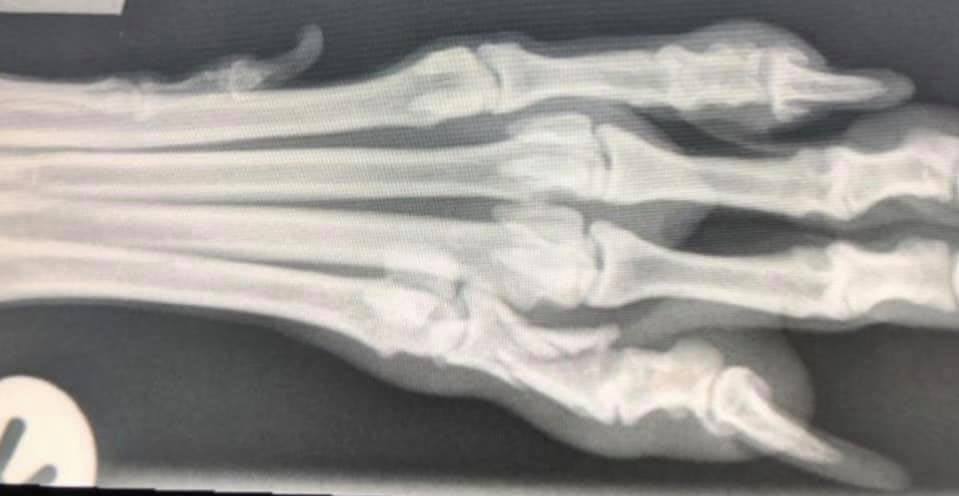Racing Greyhounds in Hot Weather
Heat related illnesses occur when the body’s cooling mechanisms are overwhelmed, causing the body temperature to reach a level that disturbs the normal cell function. This results in the release of chemical and toxins from cells, damaging organs (especially the brain, heart and kidneys), and can result in death.
The body’s cooling mechanisms can be challenged in two ways, exposure to a high environmental temperature (hot weather or hot car) or when the body accumulates heat due to strenuous exercise, known as exertional hyperthermia or exertional heat stroke [1].
In June 2020, a study into pet dogs admitted to veterinary practices in the UK for heat related illness, showed that greyhounds were the 5th most common breed admitted, four times more likely than most breeds[2]. This is because greyhounds, even though they have little fat and a thin coat, have high lean muscle mass – 60% of their bodyweight [3], and muscle produces heat when active (have you ever felt the warmth coming off greyhounds at rest?).
Greyhounds following even short periods of strenuous exercise, commonly exhibit significant symptoms of exertional hyperthermia, such as cramps and fatigue [4], as greyhounds expend almost as much energy in the first 7.5 s of a race as in the subsequent 22 s [5].
A high body temperature, either from exercise or the environment, and strenuous exercise alone all cause muscle fibres to break down (rhabdomyolysis) which causes the rapid release of chemical from the muscle cells as well as myoglobin, a protein that damages the kidney as it is cleared from the body, potentially resulting in acute kidney failure and death [6].


